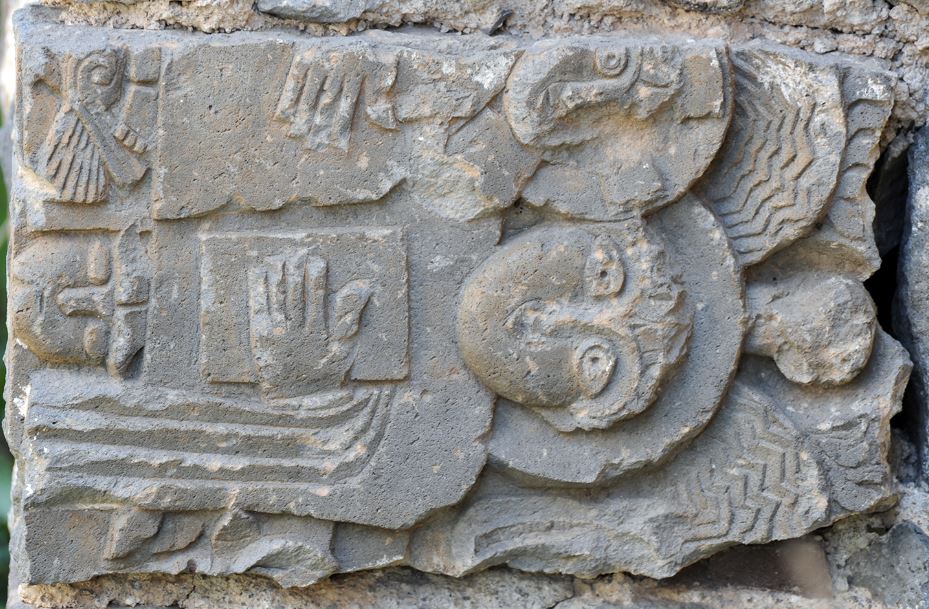Azerbaijan destroyed the ruins of two Soviet-era schools, and with them the traces of a medieval Armenian past embedded in their walls.
In its latest satellite monitoring mission, Caucasus Heritage Watch has documented the destruction of two Soviet-era schools in the villages of Zar (Arm. Tsar) and Chirag (Arm. Chragh), in Azerbaijan’s Kalbajar district. The humble school buildings, which languished in ruins after Armenian forces seized Kalbajar during the First Nagorno-Karabakh War, drove out its Azerbaijani inhabitants, and looted its properties, appear to have no place in the new Karabakh that Azerbaijan is now constructing, shaped by the petrostate’s utopian vision of a “green energy zone” in its recently acquired territories.
But the ruined schools in Zar and Chirag were more than just architectural skeletons of Soviet times. Embedded in their walls were hundreds of fragments of medieval “spolia”, a term that archaeologists and architectural historians use to refer to stone elements taken from an old structure for reuse in a new one. Soviet builders of the Azerbaijan S.S.R. constructed the schools during the 1950s using stones from nearby medieval Armenian monasteries, churches, and cemeteries that had been destroyed just a few years prior. 1,2 The recently bulldozed school ruins in Zar and Chirag thus poignantly represent the continuing cycles of erasure — or, in the words of philosopher Walter Benjamin, the “wreckage upon wreckage” 3 — that have devastated Nagorno-Karabakh’s cultural landscape.
Read More at the Story Map.

Comments are closed